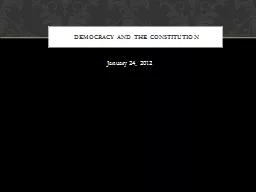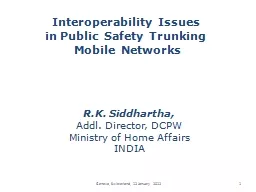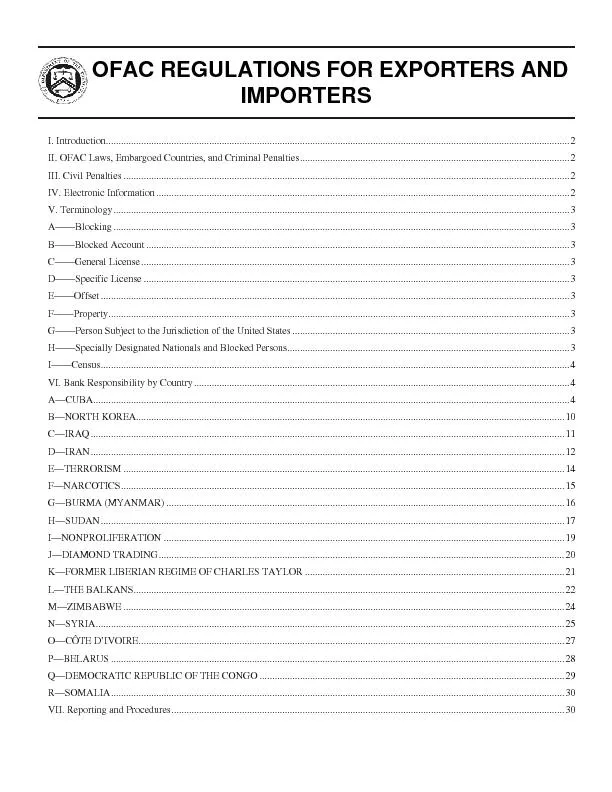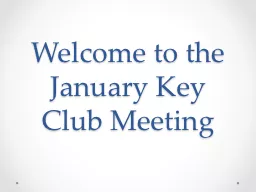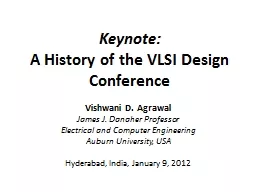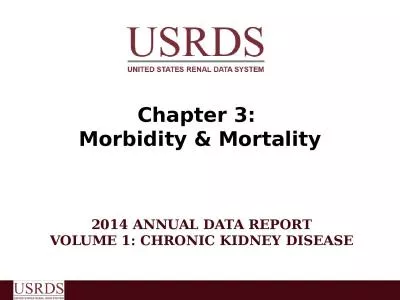PPT-January 24, 2012
Author : lois-ondreau | Published Date : 2016-04-03
Democracy and the Constitution Democracy in the world What is democracy Joseph Schumpeter 1950 institutional arrangement for arriving at political decisions in
Presentation Embed Code
Download Presentation
Download Presentation The PPT/PDF document "January 24, 2012" is the property of its rightful owner. Permission is granted to download and print the materials on this website for personal, non-commercial use only, and to display it on your personal computer provided you do not modify the materials and that you retain all copyright notices contained in the materials. By downloading content from our website, you accept the terms of this agreement.
January 24, 2012: Transcript
Download Rules Of Document
"January 24, 2012"The content belongs to its owner. You may download and print it for personal use, without modification, and keep all copyright notices. By downloading, you agree to these terms.
Related Documents

